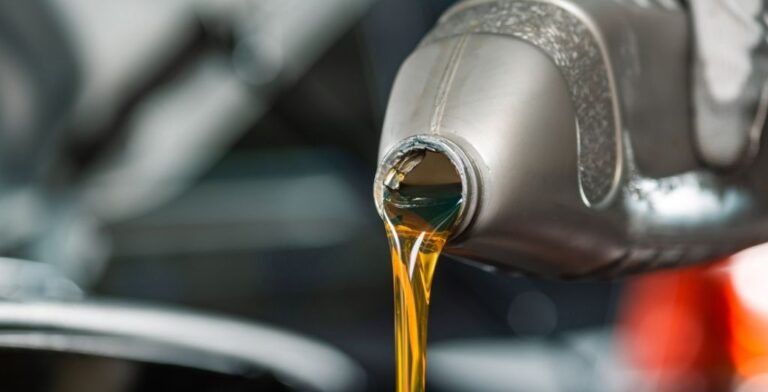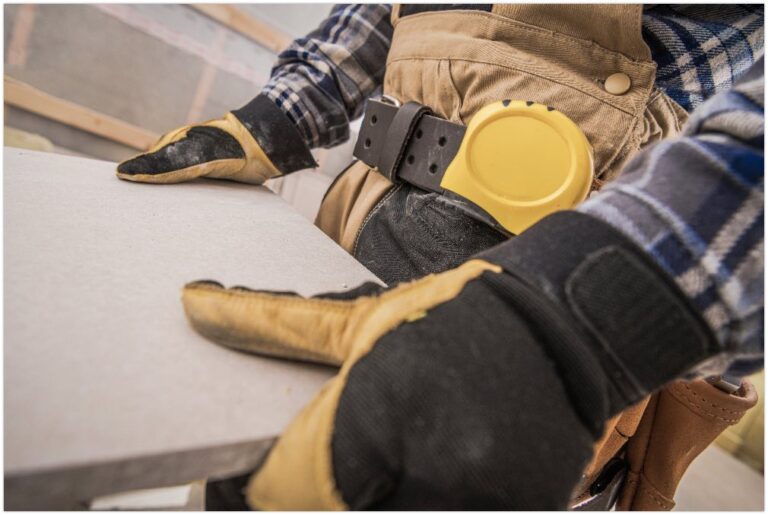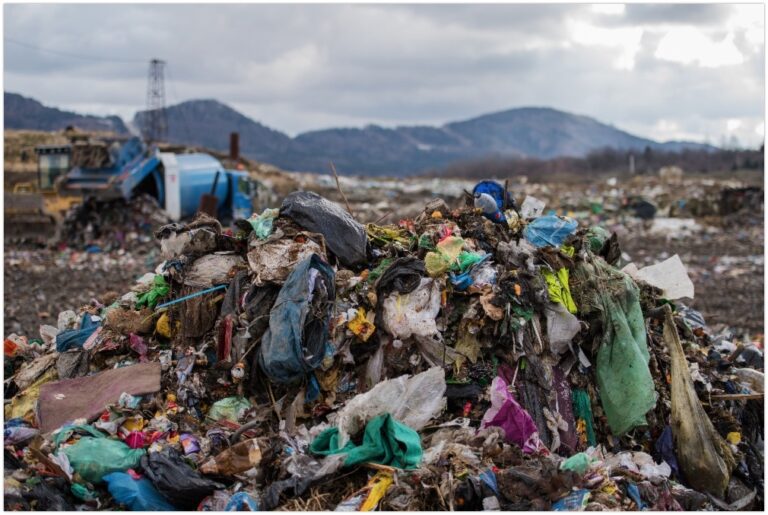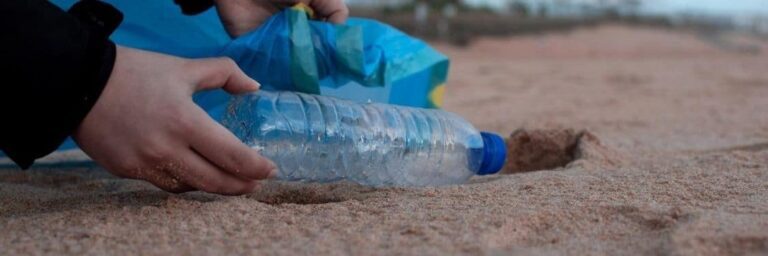Fibreglass is widely regarded as a material which boasts major industrial advantages over some of its conventional rivals such as aluminium, steel and wood. It is not only relatively more durable, but it is also less energy-intensive in development and has a number of applications. However, the question is, how can we dispose of this material when its useful life is over? Read on and get to know.
What is fibreglass made of?
Typically, fibreglass is made of molten glass that is passed through super fine holes. This results in a product that is very thin to the extent that it can only be measured in microns!
Fibreglass is also known as glass fibre reinforced plastic or glass reinforced plastic. Reason being that glass fibre is the plastic which is reinforced. Did you know that fibreglass is composed of various types of glass?
How is fibreglass manufactured?
Like other industrial items, fibreglass goes through a rigorous industrial process before the final product is produced. During the manufacturing process, various types of resins are added to the glass fibre after it has been woven together to give it more strength. Additionally, the resins are also used to facilitate the moulding of the fibreglass into different shapes.
Fibreglass has a variety of uses. Some of them are discussed below:
The flexibility of this material makes it appropriate for use in making various items. Some of the items that are manufactured from fibreglass are automobile parts, boat hulls, sporting equipment, surfboards, roofing, spas, and swimming pools. Moreover, the durability and lightweight nature of fibreglass also make it suitable for use in circuit boards.

Different types and forms of fibreglass.
The classification of fibreglass into different types is dependent on the proportions of the raw materials that are used in making the item. Some of the different kinds of fibreglass are provided below:
A-glass – It is also known as alkali glass. Glass is used as a component in making process equipment due to its chemical resistivity.
AE-glass – It is an alkali resistant glass.
C- glass – It has an excellent chemical composition and is often referred to as chemical glass.
E-glass – It is also known as electrical glass and provides excellent electrical insulation.
S-glass – Its superb mechanical properties makes its appropriate use in structural members.
Is it possible for you to dispose of fibreglass?
It is possible to dispose of fibreglass in a manner that will not adversely affect the immediate environment. If you frequently use fibreglass, it is evident that one day the item will outlive its usefulness and you will need to dispose of it. Subsequently, you will need to use the right channels to get rid of the item.
Here are some steps you should take when properly disposing of fibreglass:
Step 1: You may have some of the items in your house covered in fibreglass. This may include old car stereos, tables, and chairs. Firstly, you can start eliminating the fibreglass by separating it from the item it is embedded on.
Though an unnecessary step, it enables you to recover some parts of the object covered by the glass fibre. A scraper or a heat gun may come in handy when you’re peeling the glass fibre from the item.
Step 2: The second step may entail cutting the fibreglass into tiny pieces using a knife or a jigsaw. It enables you to reduce long races into manageable ones.
Step 3: After that, you can go ahead and throw the chopped pieces into a trash bag or dustbin. You can then look for a proper way of disposing of the portions. You can either do this by taking them to the recycling centre nearest you or disposing them into a fibreglass recycling bin.
Are there health hazards associated with fibreglass exposure?
Currently, as it stands, there are no proven health risks associated with the long-term exposure of this material. In fact, scientific evidence shows that it is safe to manufacture, install and use when the right work practices are followed to eliminate temporary irritation. However, fibreglass can irritate the eyes, respiratory system and skin.
Is it possible to recycle fibreglass?
Are you aware that recycling materials are better than leaving them in a landfill? With the advent of technology, it is now possible to recycle most items, fibreglass included. The recycled fibreglass can be included in the manufacture of outdoor furniture, bus seats, spray insulation, boats, and many other items.
If you are a homeowner, it is almost inevitable that you will come into contact with fibreglass in your daily life. Such an encounter mostly occurs when you’re replacing worn out insulation. Therefore, it is prudent that we follow the right steps when disposing of fibreglass and where possible, recycle the item.
At Paul’s Rubbish Removal, we can help you properly dispose of and recycle fibreglass materials! When you choose Paul and his team, you can be sure that we will take care of everything from hand removing the item to disposing of it for you. We provide all types of rubbish removal besides fibreglass materials.
Talk to one of our attentive staff members on 0407 125 125 for a free quote and for more information!







